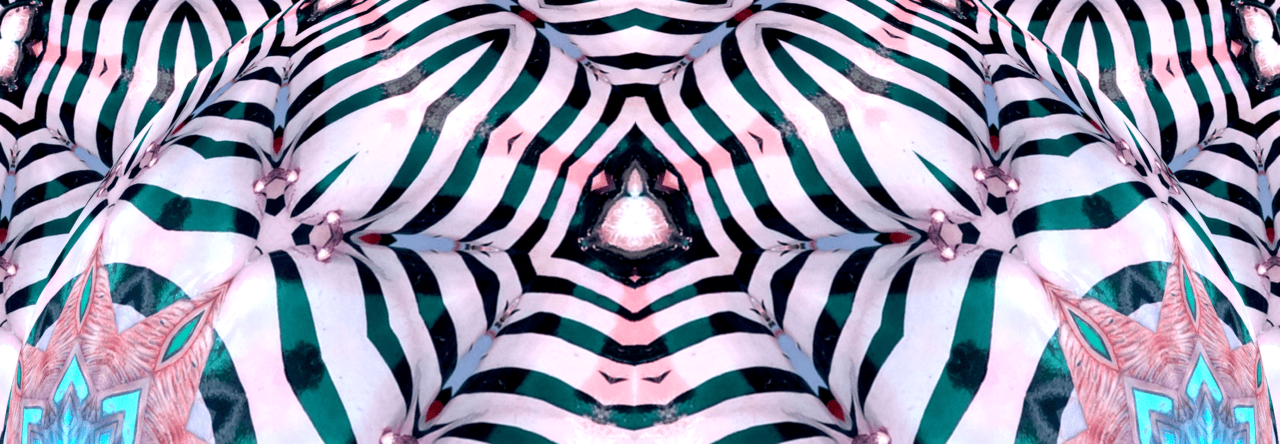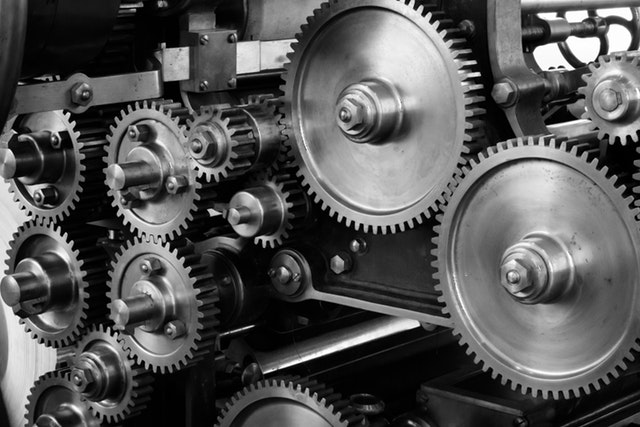All of life is movement. The moment we’re born we’re wriggling, pandiculating, breathing, and finding our way through space. We explore and thereby learn to master our movements. Or we struggle, and the body, miraculous organism that it is, finds a way to overcome our limitations. It’s those patterns that we then habituate.
And then one day, our bodies start to change and we wonder why it is suddnely too hard to do the things we’ve always done. Maybe we’re just exhausted, or maybe we lift something or sleep funny or fall and suddenly, something hurts, be it our back or a shoulder or knee. We do our usual workout and suddenly discover our bones ache. We think “arthritis” or worse. The panic sets in and we wonder how badly we might have hurt ourselves and what we need to do to about it: ignore it and hope it goes away, see a doctor, self-treat?
Aside from the decision about what to do about our injured part and assuming we haven’t broken anything, we have two basic choices thereafter. We can either stop moving to ensure that we don’t risk further pain or injury, or we can continue to move in safe ways so our body stays limber and fluid.
Sadly, many of us choose to stop moving. We fear the discomfort, pain or effort, so we hold back. We rest, thinking we’re doing ourselves a favor. Trouble is, when we stop moving, it gets harder to move. When it gets harder to move, we move even less. When we stop moving, we rather suddenly age. We lose the freedom that movement brings. We stop doing the things we enjoy.
The better choice, the important choice, is to keep moving. Maybe we have to make changes. Maybe that mile run needs to turn into laps in the pool. Maybe the Ashtanga yoga practice needs to become more restorative. The important thing is to keep the body moving to keep it young and to fully enjoy life.
We used to look at the body as a set of individual parts…the knee bone’s connected to the thigh bone, the thigh bone’s connected to the hip bone, etc. The latest science of movement has revealed that the body isn’t just a bunch of isolated parts. It’s a unified whole tied together by tension lines called fascia.
Fascia needs movement to stay healthy. When we injure a “part”, the fascia is what knits together to protect the injury. This tissue then becomes less flexible. The problem is, the fascia is connected from head to toe. It’s all one. So if one part of the fascia is tight, it impacts the entire body.
It’s the resistance that makes us say, “It’s too hard!” But if we stop moving, that body-wide tension becomes habit and ages us before our time. We see it in bodies that are bent over, hunched, and crooked — signs of a body doing its utmost to guard the still-tender wounds of life. We need movement to break this rigidity that can settle both deep in the body and eventually the mind.
When people who don’t practice yoga look at yoga, they think, “Oh, I can’t do that!” But what’s important is not some twisted up, contortionist posture. What IS important is movement. Just keep moving — as much or as little as your body allows and preferably in ways that free you from habits. Practicing sports can be great for well-being, but they can also be great at reinforcing imbalance. Certain muscle groups are built up (as necessary to engage in the sport) and others are forsaken. That’s why exploratory yoga and improvisational forms of dance are so wonderful. Practiced with a sense of curiosity and adventure, you’re more likely to discover new ways to move and bring enjoyment and liberation to your body.



